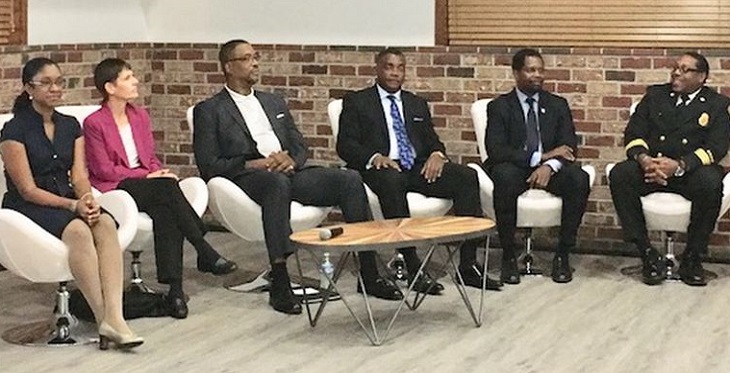Expanding consumer demand for telehealth services is driving telehealth reimbursement policy reform. For that reason, telehealth clinicians wanting to provide and bill for services delivered to Medicaid recipients should do their due diligence. That means being cautious not to use nationally published policy guides as the sole source of truth for determining what is covered. Providers billing for services without making sure they are using up-to-date guidelines run the risk of having their claims denied or recouped on retrospective review.
The Arizona Telemedicine Program Blog, Category: mHealth
Look in your purse, desk, and pocket, and you’ll be reminded of how our lives run on technology -- both personally and professionally. Nearly every industry has been affected by recent advancements in technology and data analysis, and healthcare in particular is poised to make some incredible improvements in patient care. In the next few years, patients can look forward to greater efficiency, more personalized care, and better data management—all thanks to technological advancements.
Looking back over 2017, we see a lot of reasons to be thankful. We want to share them with you, our friends and colleagues. You’re a big part of why we are thankful this year.
Here are some of the others:
- In the March 14 edition of the journal Circulation, the American Heart Association published a Scientific Statement affirming the use of telemedicine in pediatric cardiology. “In most cases, the potential advantages of telemedicine in pediatric cardiology are numerous, including improving access to care, improving quality and saving lives,” the heart association stated. “In addition, this appears to be occurring with enhanced patient and practitioner satisfaction and cost-efficient medicine.”
- In April, the FDA approved telepathology for primary pathology diagnoses. Ronald S. Weinstein, MD, founding director of the Arizona Telemedicine Program (ATP), invented the technology 30 years earlier.
Among all the challenges that accompany a diagnosis of colon, rectal, or bladder cancer, learning to live with an ostomy can be the most difficult.
Now, the Arizona Telemedicine Program (ATP), The University of Arizona, and three other institutions – the University of Pennsylvania, the City of Hope/Beckman Research Institute, and Yale University – are taking part in a randomized clinical trial to see if telehealth can be effective in helping ostomy patients adjust to the lifestyle changes they face.
I recently had the honor to serve on a panel for the newly incorporated city of Stonecrest, Ga.; a long way from the Southwest, but you’d be surprised at the number of commonalities between the Southeast and Southwest regions of the country.
Ignore geography and weather – if you can – and think about demographics and population. Both regions have large states with significant portions that are very rural. Both regions also have large minority populations that live in both rural and urban sectors, and often have limited access to healthcare for a variety of reasons. They also have large populations that suffer from chronic medical conditions such as diabetes and heart disease that often go uncontrolled due in part to lack of ready access to healthcare and health education services.
Enter telemedicine.




